Media | Articles
The 6 coolest woody cars, according to you
The best exterior trim for a car? A finely grained wood, perhaps. Those on the Hagerty Forums seemed to agree when we asked our readers to call out the best car with wood cladding. The range of answers was broad, including brands not seen on the highways of the U.S. these days, but that won’t stop us from appreciating the natural look these models once wore—and wore well. Here are the 6 coolest woodies according to you.
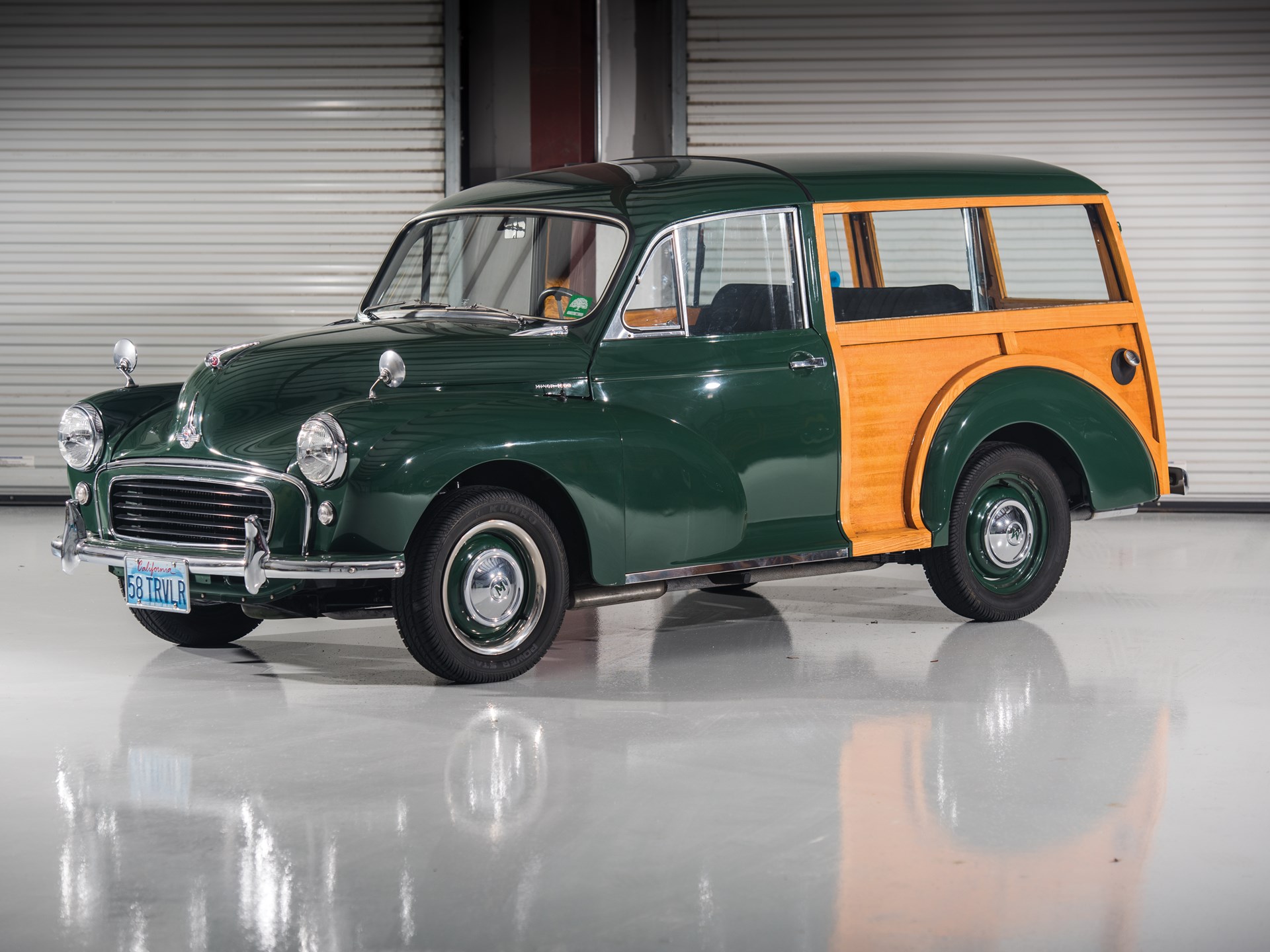
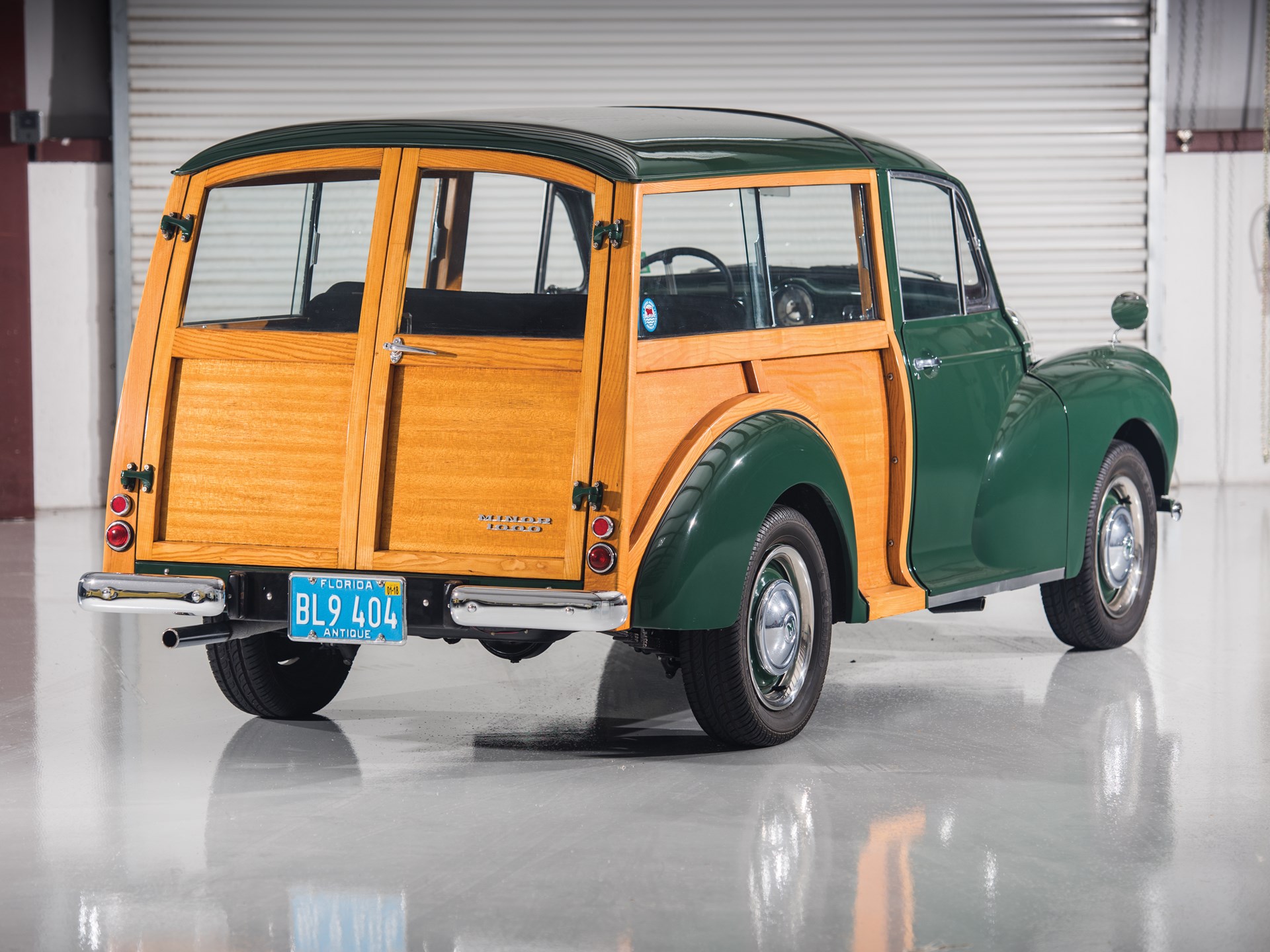
The 1950s brought together two competing British brands: Austin and Morris. With its reputation for staid and reliable family cars, Morris injected a bit of flair to its Minor model by extending the roofline and adding a rear cargo compartment framed from ash wood. The ash was not only beautiful, but also structural, unlike many woodies of the era. In all, it represented a tasteful homage to the larger woodies that came before this delightful little wagon.
Marketplace
Buy and sell classics with confidence


The Mercury Eight is an example of an automobile that lived both a pre- and post- WWII life. Sales of the mid-tier Mercury began in 1939 when it slotted between similar offerings from Ford and Lincoln. Those offerings were so similar, in fact, that, in its third generation, the Mercury Eight was identical to its Lincoln cousin. Powered by the venerable flathead V-8 and covered in two-tone wood, this Mercury just has all the right stuff.
1940 Ford


Ford built its first woody car in 1929—or, at least, the first body featuring exterior ornamental wood. Like many early manufacturers, Ford utilized both wood and steel to create the composite frames and bodies of its cars. Once all-steel construction was a financially viable option, the wood moved outside the car to create the now-familiar look. The 1940 Ford was the most affordable of three similar designs from Ford, Mercury, and Lincoln.
1953 Buick Estate


If there was ever a woody that shows the transition away from real wood, the ’53 Buick is a great example. Seemingly in an attempt to fight the rapid degradation of wood trim, Buick used genuine wood only for the beltline of the body and up. Standard steel composed the rest of the body, giving the final product both durability and the stylish flair of the two-tone wood accents.
AMC Eagle

One of just a few cars named that doesn’t feature real wood, the AMC Eagle is also at the modern end of the options discussed. Sold from 1980 to 1988, the AMC Eagle has a strong claim to the “first crossover SUV” title. Sitting high and proud with four-wheel-drive capability, the Eagle was the Jeep XJ for buyers who just couldn’t bring themselves to buy an out-and-out SUV. The woody applique truly makes the Eagle stand out in all the right ways, especially at an event like Radwood or Concour d’Lemons.
1950 Chrysler Town and Country


Before the Town and Country became the minivan for the Chrysler faithful of the 1980s and beyond, the Town and Country name was associated exclusively with the wood-clad Chryslers starting in 1940. The 1950 model was the last of the Town and Country models to wear wood, and it sent the wood out in style. A long hood and flashy chrome grille visually balanced the wood applied to the doors and rear quarter panels. A true classic.
If you want to speak up and have your voice heard, be sure to join the Hagerty Forums and comment on each new Question of the Week posted Monday mornings. This week we are looking for the worst road trip cars, which might not be such a short list.
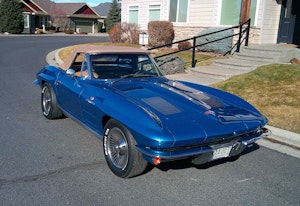
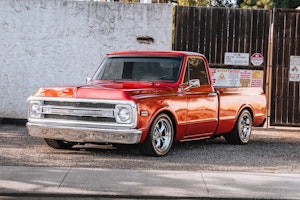
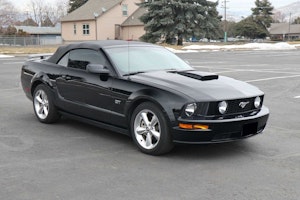

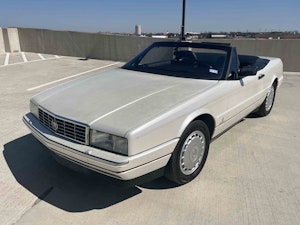





The Morris pictured is not in original form. The originals had ash wood framing.and aluminum panels,not wood panels in between the structure. Please show original versions. Wood panels were individual additions when redoing cars.